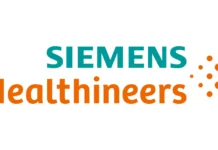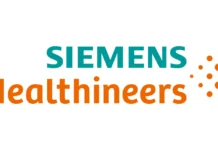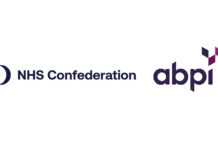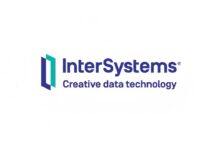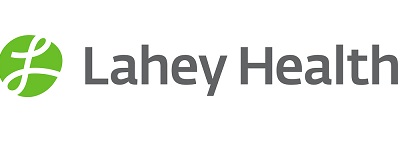Across the country, health care organizations are re-envisioning how to deliver care. Major health systems like Lahey Health are seeking out new solutions that allow us to transition from episodic care to wellness – minimizing the impact of disease and managing the health of populations more effectively.
At the same time, patients continue to demand more from their care providers. We now must bring care to patients at the time and location of their choosing, and this is the beginning of the consumerization of healthcare. These shifts require technology that can provide more comprehensive and context-aware views of patients’ data, support for collaborative care across the continuum, and allow health systems to scale their delivery of care in new ways. Consequently, CIOs face constant challenges to seek out the most effective technologies that will ensure an organization’s vision can come to fruition.
Building a Solid Infrastructure for Solutions Integration
As CIOs seek to transform their IT infrastructure to enable these shifts, it is important to avoid being consumed by industry buzzwords. While focusing on the latest trend may seem enticing, organizations will see the most return on their investment if they start by carefully considering what challenges need to be addressed, and then reviewing their existing technology portfolio to see if it can be used to solve them. For example, decreasing inefficiency and miscommunication to improve care coordination is an important goal for Lahey Health. As such, we are implementing secure messaging that allows nurses to have direct communication with attending physicians in near real-time rather than calling into a central operator first to have the doctor paged and waiting for the doctor’s subsequent response.
More broadly, many problems within health systems can be addressed with platform technologies that can streamline workflows, increase utility of the chosen solutions, and integrate patient data in an actionable way.
To be effective, a large-scale effort such as population health management requires taking data from multiple sources to provide a full view of patients’ overall clinical picture, the interventions from clinicians and claims data. Although the EHR itself has a myriad of quantitative and qualitative data, it doesn’t include cost or reimbursement data.
Therefore, at Lahey Health, our platform technology allows us to extract transactional data from the EHR and combine it with claims data in our population health management tool – marrying treatments, costs and efficacy. This allows us to effectively analyze the data and evaluate independent variables that can be used to adjust treatments and behaviors and drive toward a wellness state.
Blurb to use:-our platform technology allows us to extract transactional data from the EHR and combine it with claims data in our population health management tool – marrying treatments, costs and efficacy.
At the same time, telehealth has the ability to meet many of the demands of consumers and can cover several different use cases, including patient/doctor e-visits, clinical consultations, and tertiary care. Since all of these offerings share common technologies – like videoconferencing – an integrated platform allows a comprehensive system to be applied in a variety of ways to meet the specific needs of care teams.
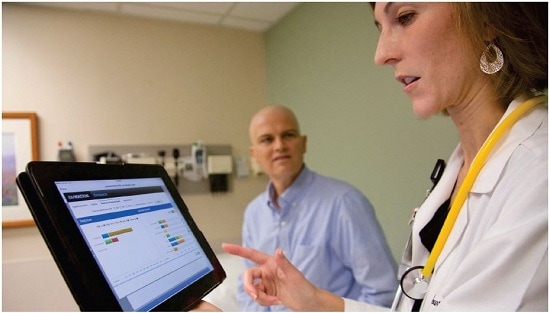
Interoperability is Key
Healthcare is transitioning to a digital business. Workflows are constantly changing and our effort to improve IT technologies will never end. By seamlessly working platform technologies into workflows, health systems will improve the care delivery experience for both clinicians and patients. The key to this is solutions interoperability – not just the exchange of data, but the sustainable and scalable interoperability that ushers in care transformation.



